Space
Sign up for our newsletter
We summarize the week's scientific breakthroughs every Thursday.
-
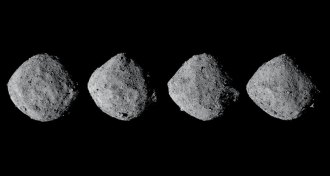 Planetary Science
Planetary ScienceSurprising astronomers, Bennu spits plumes of dust into space
Bennu spews dust from its rocky surface, which may be a new kind of asteroid activity.
-
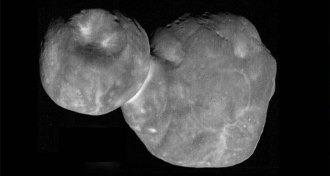 Planetary Science
Planetary ScienceUltima Thule may be a frankenworld
The first geologic map of Ultima Thule shows it might be made of many smaller rocks that clumped together under the force of their own gravity.
-
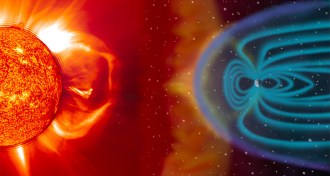 Astronomy
AstronomyOne of the strongest known solar storms blasted Earth in 660 B.C.
Ice cores and tree rings reveal that Earth was blasted with a powerful solar storm 2,610 years ago.
-
 Astronomy
AstronomyMerging magnetic blobs fuel the sun’s huge plasma eruptions
Solar eruptions called coronal mass ejections grow from a series of smaller events, observations show.
-
 Astronomy
AstronomyReaders have questions about Ultima Thule, thirsty plants and vitamin D
Readers had comments and questions about Ultima Thule, photosynthesis and more.
-
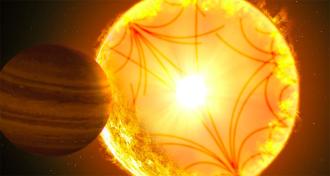 Astronomy
AstronomyThe first planet Kepler spotted has finally been confirmed 10 years later
Astronomers had dismissed the first exoplanet candidate spotted by the Kepler space telescope as a false alarm.
-
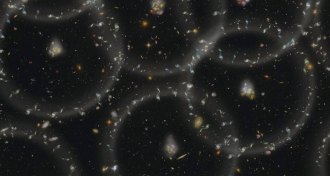 Cosmology
CosmologyHidden ancient neutrinos may shape the patterns of galaxies
The gravitational pull of subatomic particles born in the universe’s first second seem to influence how galaxies cluster into rings.
-
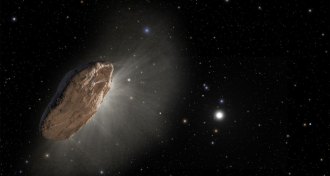 Astronomy
Astronomy3 explanations for ‘Oumuamua that aren’t alien spaceships
Astronomers are coming up with some creative ideas to explain the weird behavior of the first known interstellar object.
-
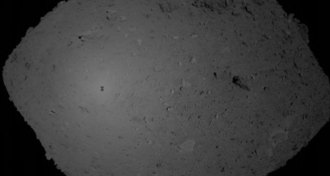 Planetary Science
Planetary ScienceHayabusa2 just tried to collect asteroid dust for the first time
The Japanese Hayabusa2 spacecraft touched down on asteroid Ryugu and attempted to gather a sample of its rock to bring back to Earth.
-
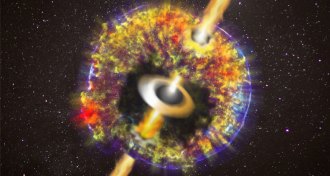 Astronomy
AstronomyColliding neutron stars shot a light-speed jet through space
A stream of particles created in a neutron star crash, detected in 2017 using gravitational waves, could explain certain mysterious flashes of light.
-
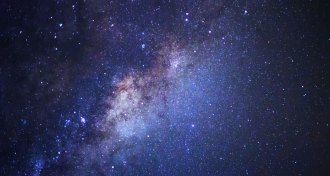 Physics
PhysicsSupernovas show the universe expands at the same rate in all directions
Analyzing supernovas indicates that expansion rates agree within 1 percent across large regions of sky.
-
 Planetary Science
Planetary ScienceNeptune’s smallest moon may be a chip off another moon
Neptune’s tiniest moon probably formed when a comet hit a larger moon.